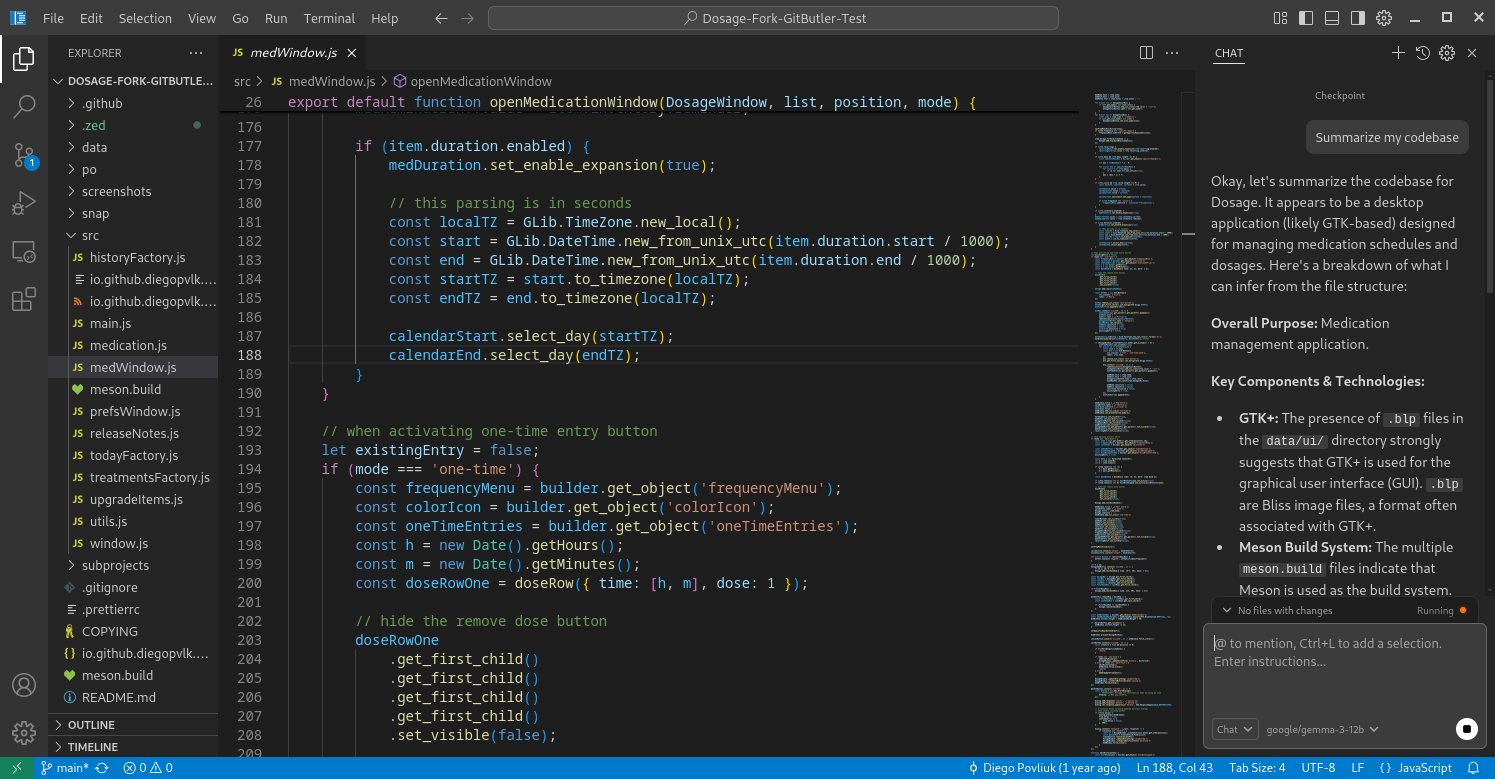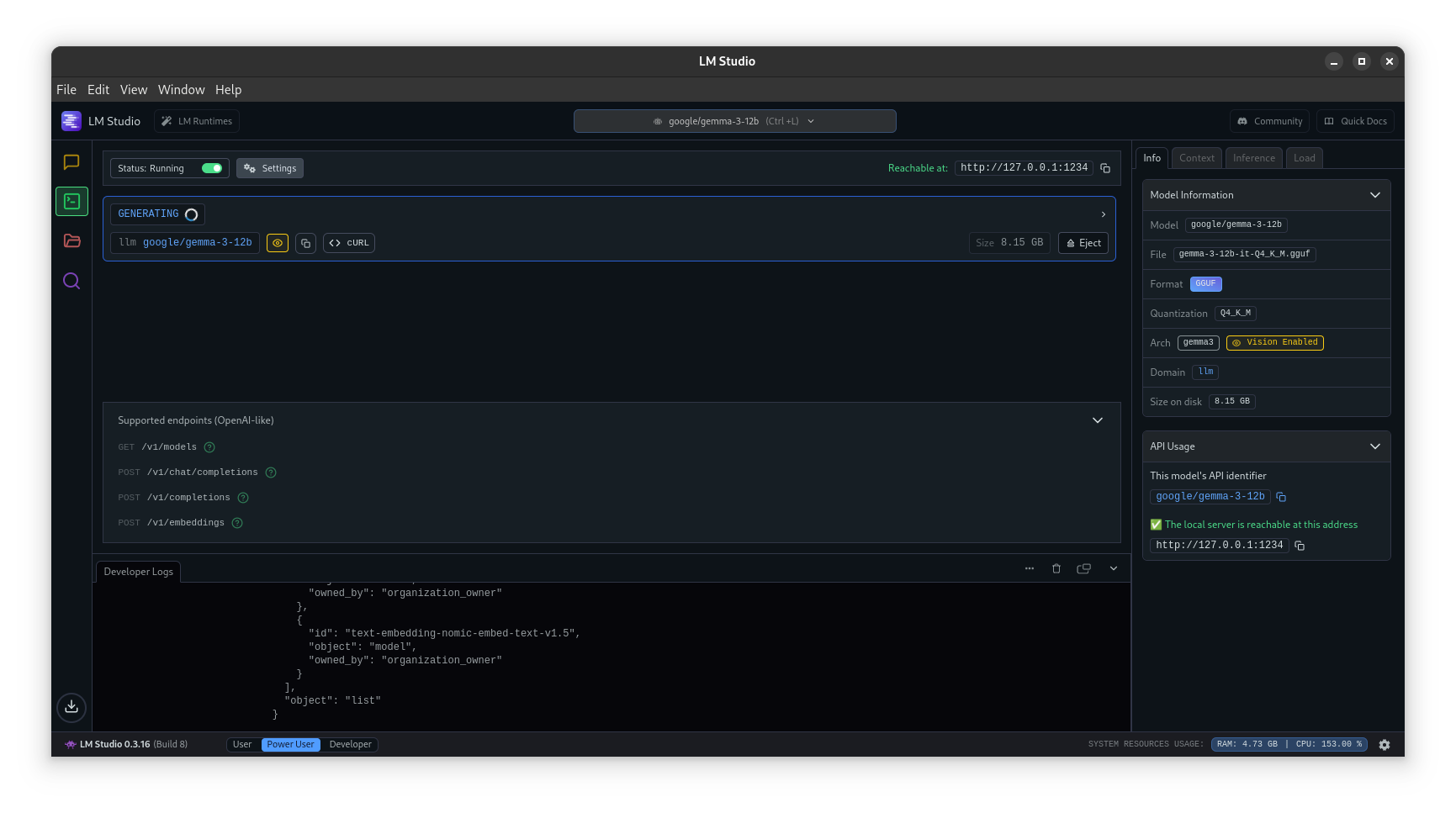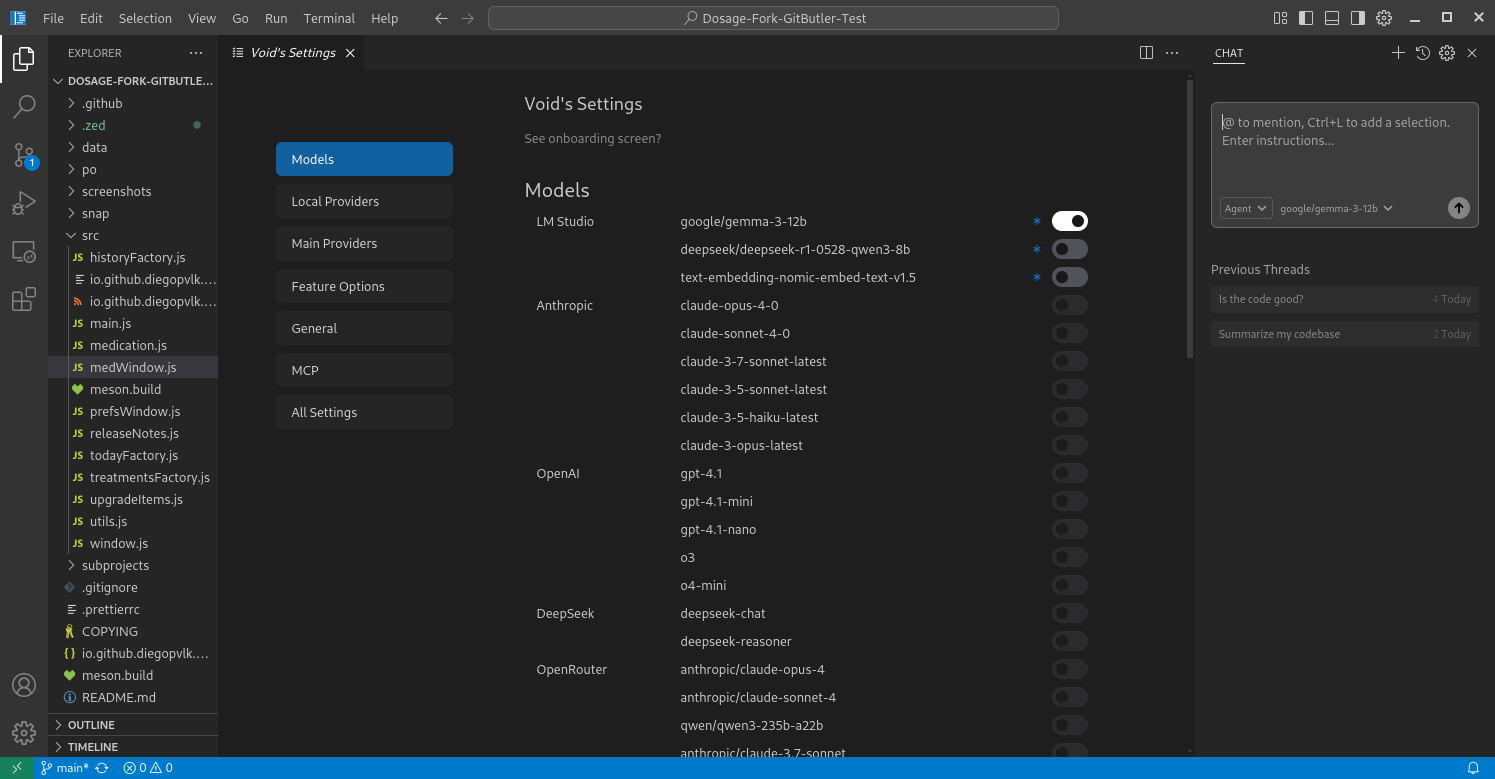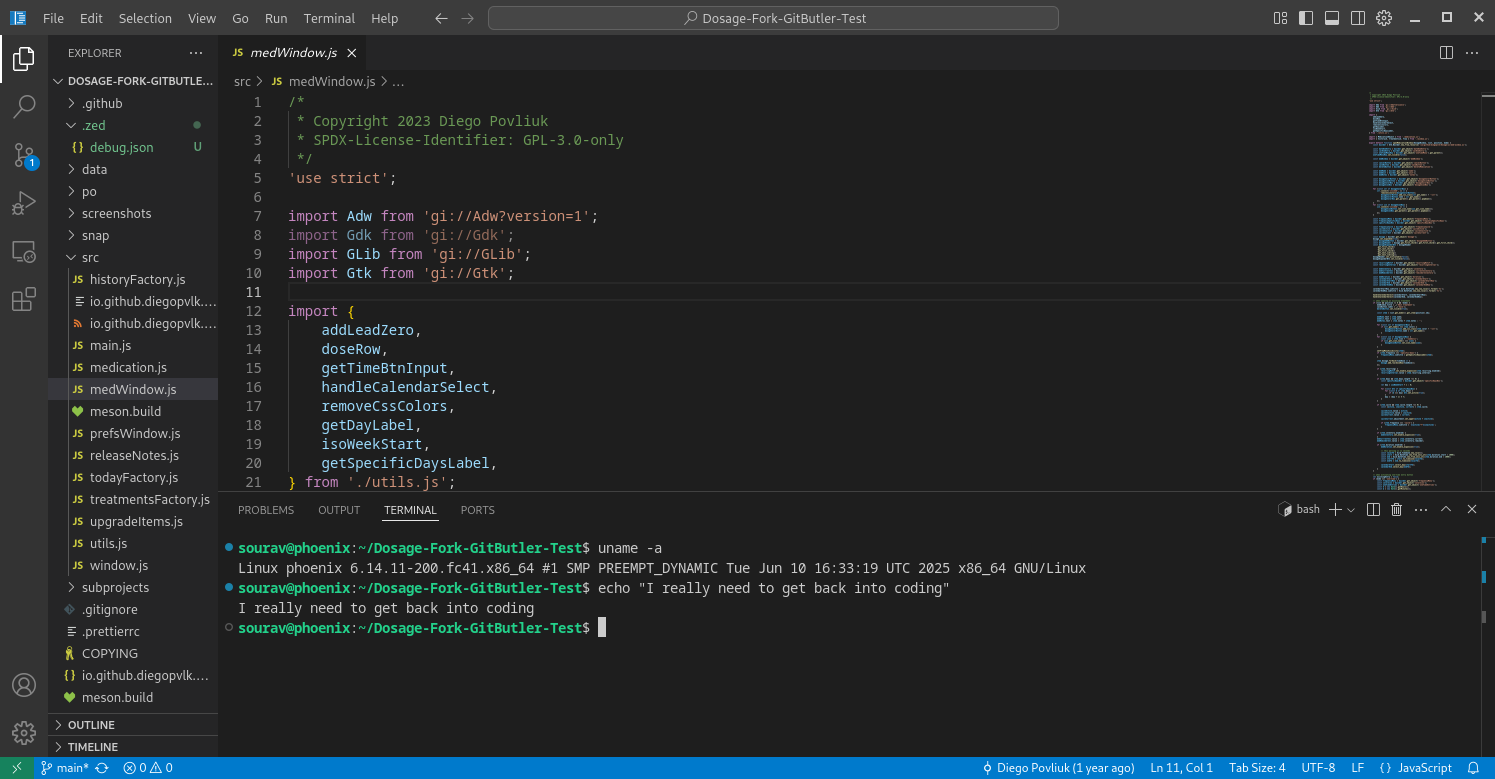
Void is a new, AI-powered code editor that banks on freedom, privacy, and transparency to offer a developer-first alternative to popular proprietary coding tools like Cursor and GitHub Copilot.
Unlike those platforms, Void is fully open source and gives users complete control over how AI runs on their hardware. They can choose which models to connect to, manage their data, and define what the editor can access.
Created by Andrew and Mathew Pareles, Void is a Y Combinator-backed project that aims to be the go-to open source alternative to Cursor. The first beta was released back in January, and it’s seen regular updates since.
In this article, I’m taking a quick look to see how it’s coming along.
Void: Overview ⭐

Thanks to its Visual Studio Code (VS Code) foundation, Void provides a familiar and lightweight coding experience right away, with support for themes, extensions, and standard key bindings. Core features like the built-in terminal, Git integration, and language server support are also there.
Our VS Code tips still apply here. 😉
Plus, Void is flexible enough to run AI models locally via LM Studio, Ollama, and even through proprietary providers like OpenAI, Anthropic, and Google.
⭐ Key Features
- Full control over prompts and data.
- Fast, native editing even in huge files.
- Understands the whole codebase, no configuration needed.
Initial Impressions 👨💻
While I’m not a coder myself, I’ve done my best to showcase what Void has to offer. I tested it on Fedora 41 and connected it to a local LM Studio server running Google's Gemma 3 12B model.
For the demo, I loaded Dosage’s codebase, which is mostly JavaScript and features a clean, well-organized structure.
From the beginning, using Void felt snappy and responsive. The AI-powered features feel like a natural part of the editor, not something that was haphazardly added on top of VS Code.
If you’re into vibe coding, then this might be what you’ve been looking for.


LM Studio and Void's AI Models page.
Before I could start using the AI features, I had to set up a model through LM Studio. After a bit of trial and error, I got it working using LM Studio’s local server option under the "Developer" tab. Void automatically detected the installed models, making the process surprisingly smooth.
As shown in the video here and the first screenshot in this article, Void integrated nicely with the Gemma 3 12B model, handling prompts like "Summarize my codebase" and "Is the code good?", returning consistent, useful outputs.
It felt surprisingly smooth for a local setup, though the output was a bit slow since I was using the Nouveau GPU driver. I’m confident performance would improve with the proprietary NVIDIA driver.

I then checked out the built-in terminal, running simple commands like uname -a and echo "I really need to get back into coding". Everything worked smoothly, with no fuss or strange bugs. It felt just like using a regular terminal.


Void supports most VS Code themes and many extensions.
If you’re considering switching from VS Code, Void makes it pretty easy. Most of your extensions, themes, and settings should still work, so you don’t have to start from scratch. The interface feels familiar, and the usual features are right where you expect them to be.
📥 Get Void
Binaries for Linux can be found in Void's GitHub repository (pick the latest release under Assets), with additional packages being made available for Windows and macOS on the official website.
Keep in mind that Void is still in active development, so using it comes with the usual risks of pre-release software.
I let you try and decide if Void can be on your list of vibe coding tools on Linux.
- Even the biggest players in the Linux world don't care about desktop Linux users. We do.
- We don't put informational content behind paywall. Your support keeps it open for everyone. Think of it like 'pay it forward'.
- Don't like ads? With the Plus membership, you get an ad-free reading experience.
- When millions of AI-generated content is being published daily, you read and learn from real human Linux users.
- It costs just $2 a month, less than the cost of your favorite burger.
Become a Plus Member today and join over 300 people in supporting our work.










